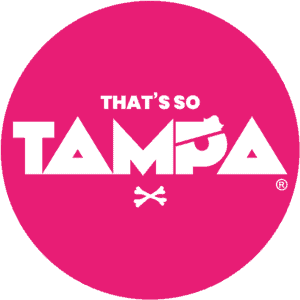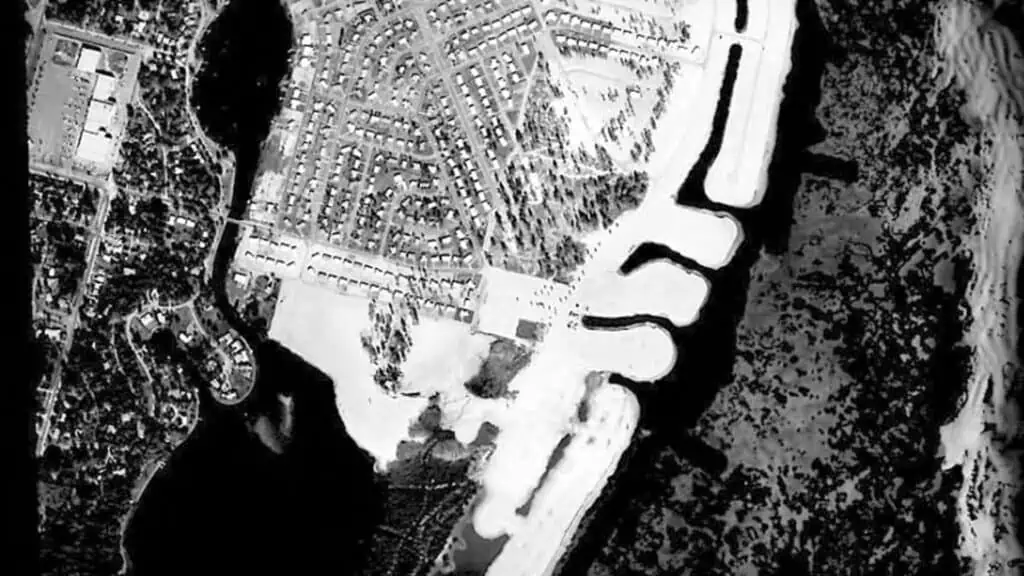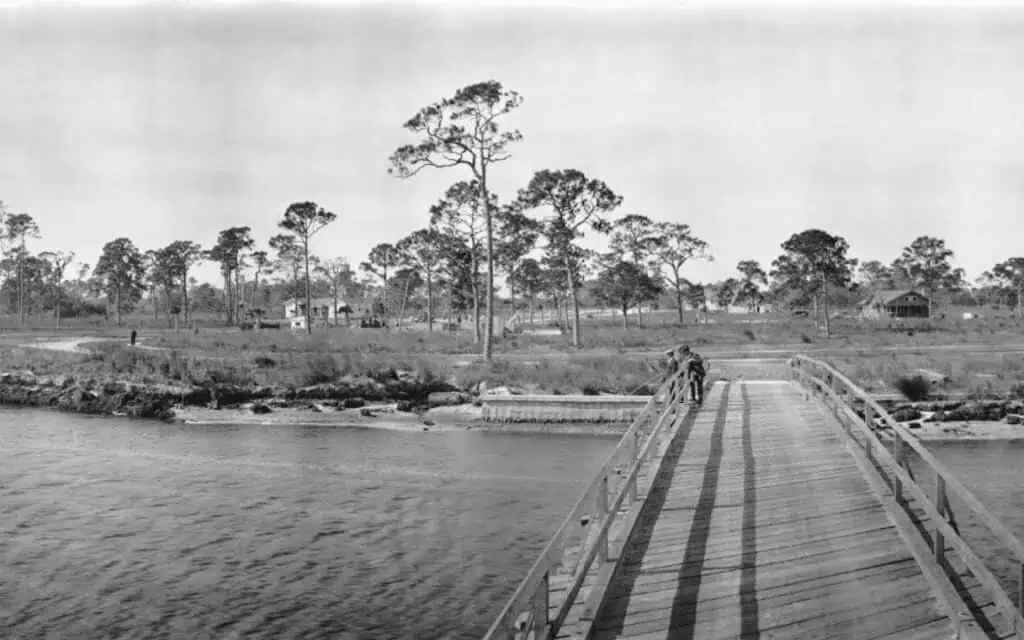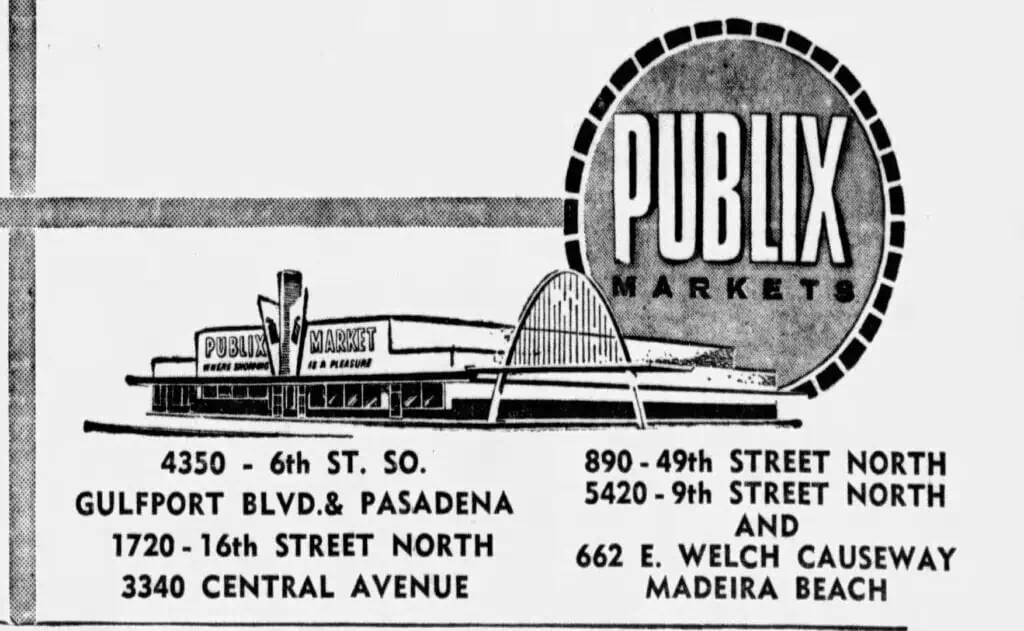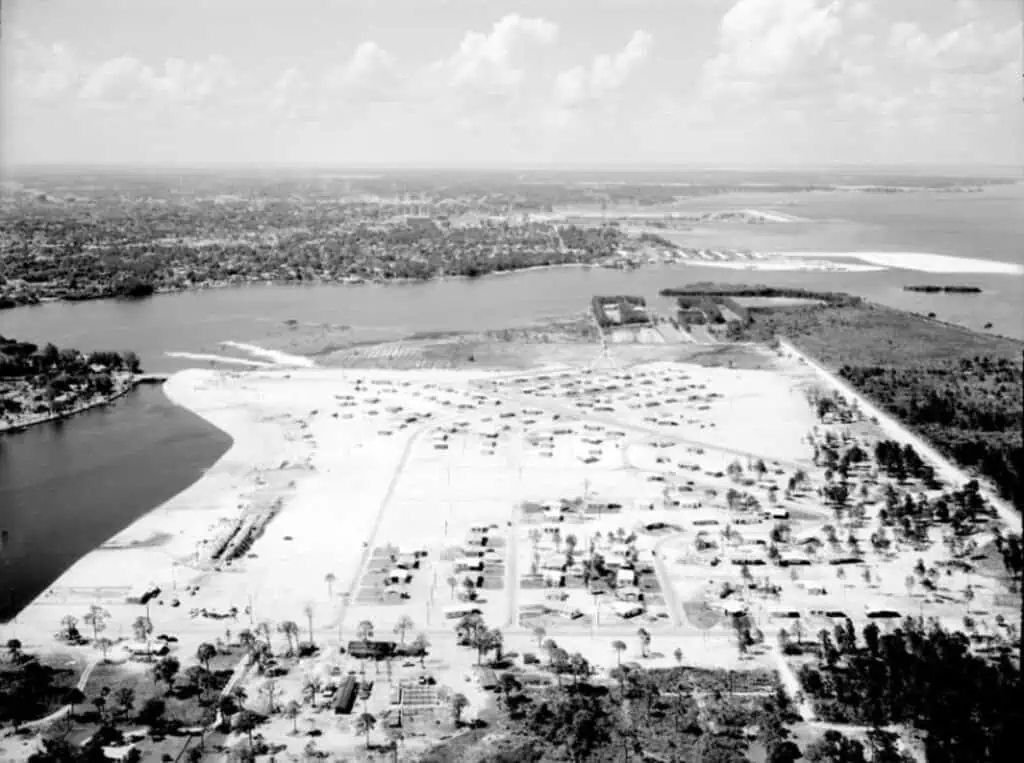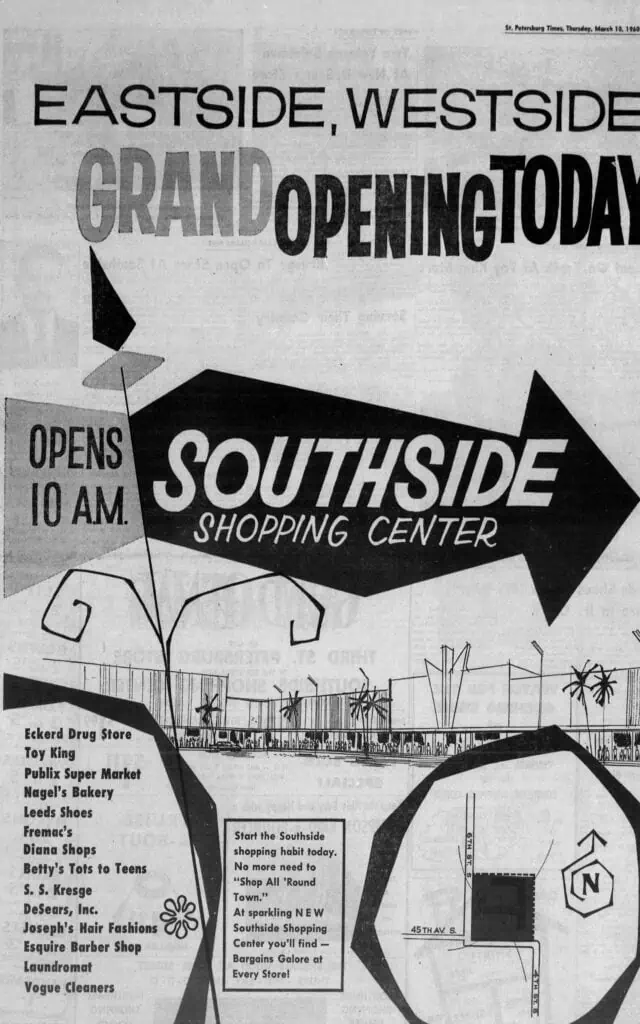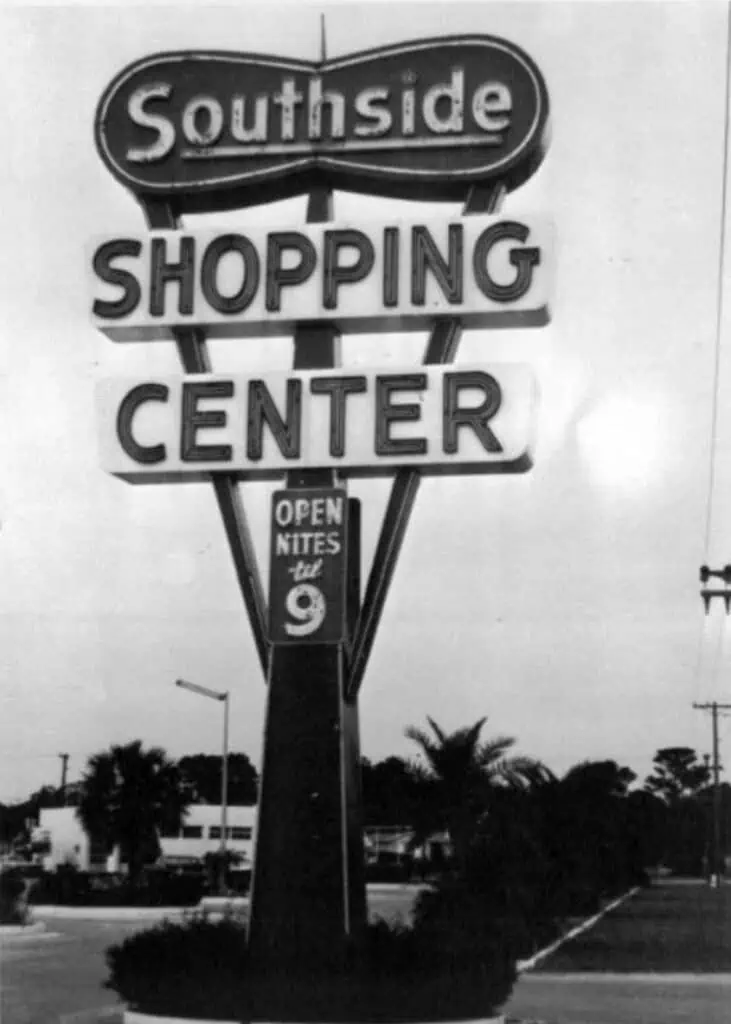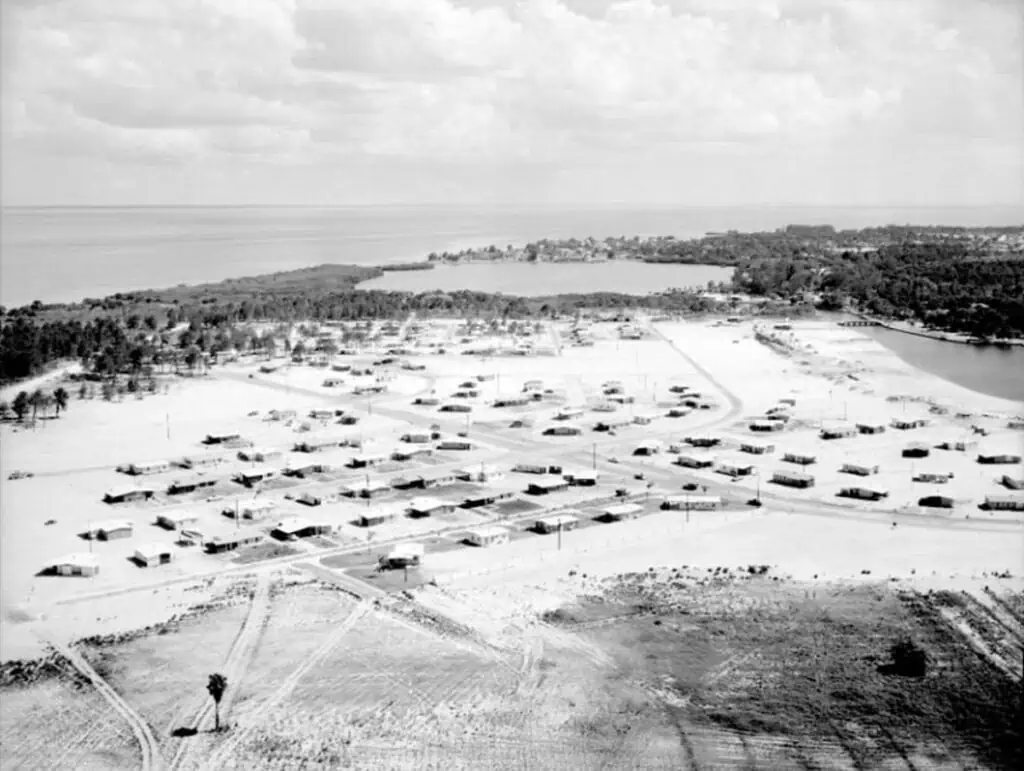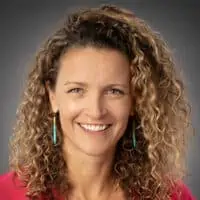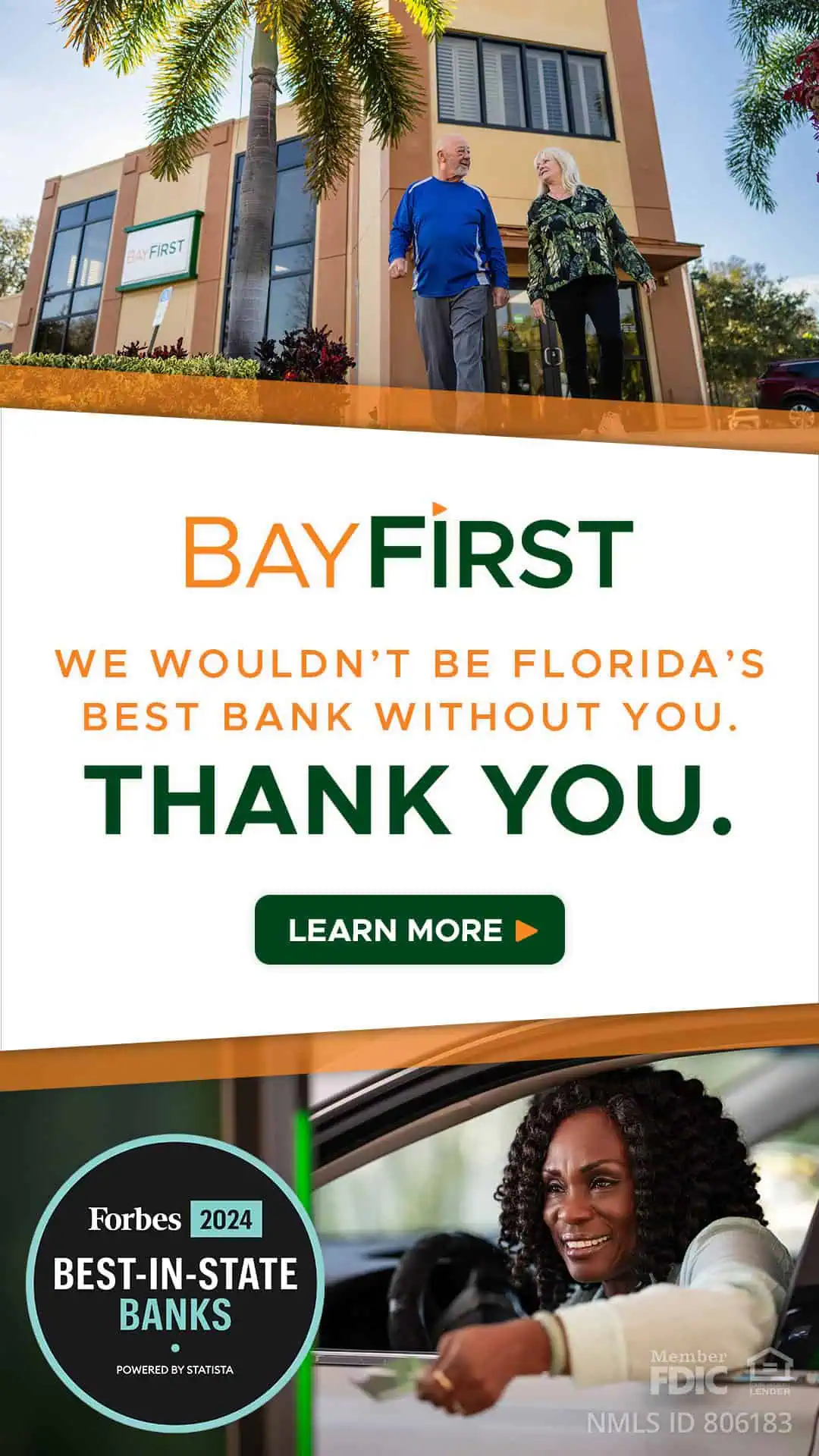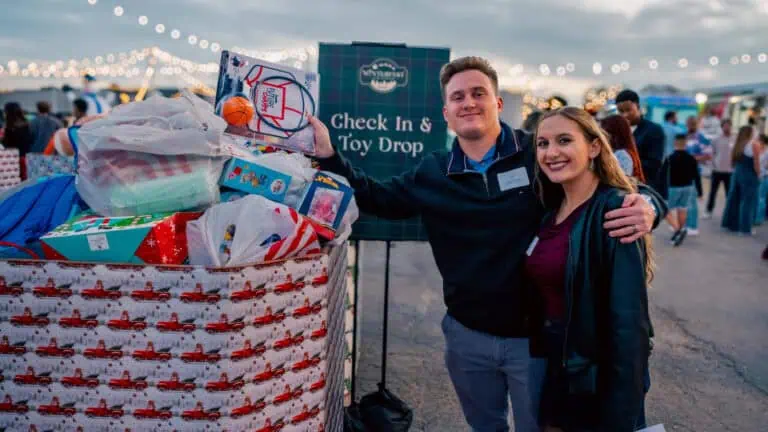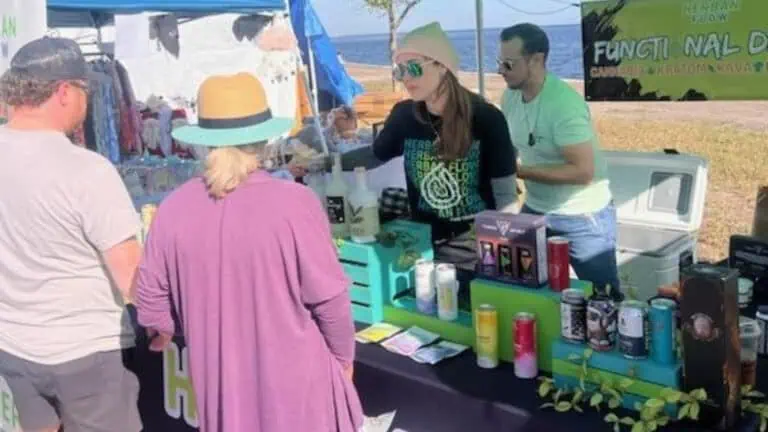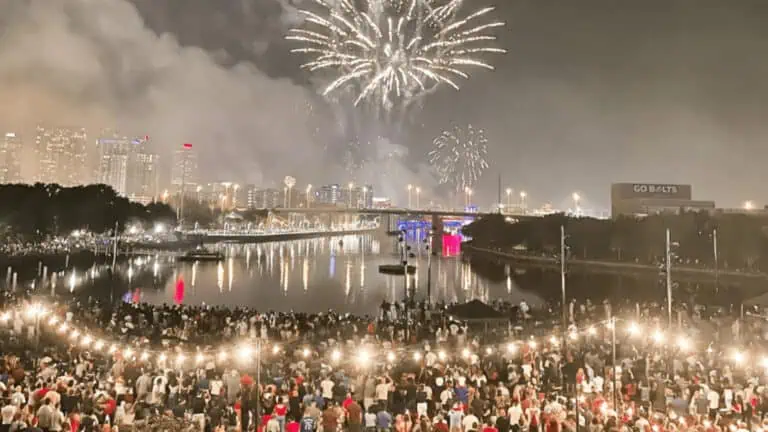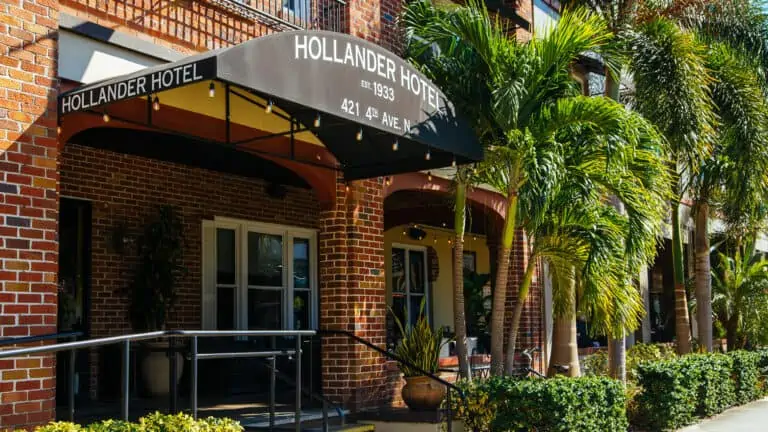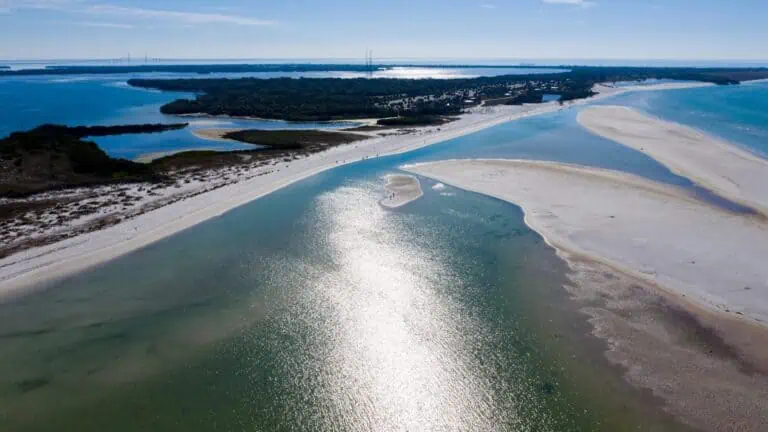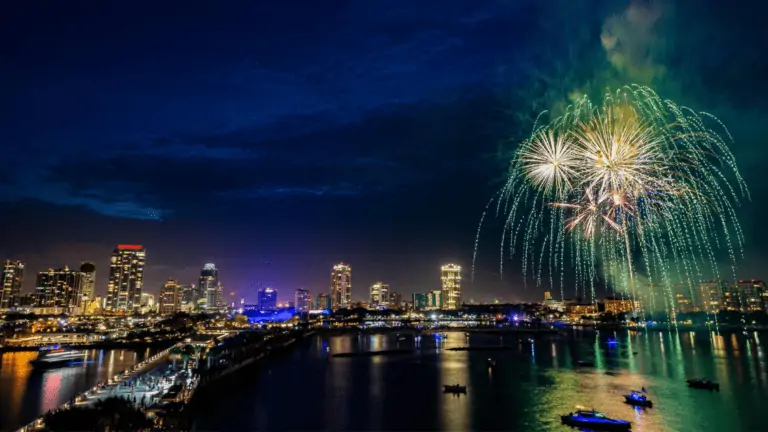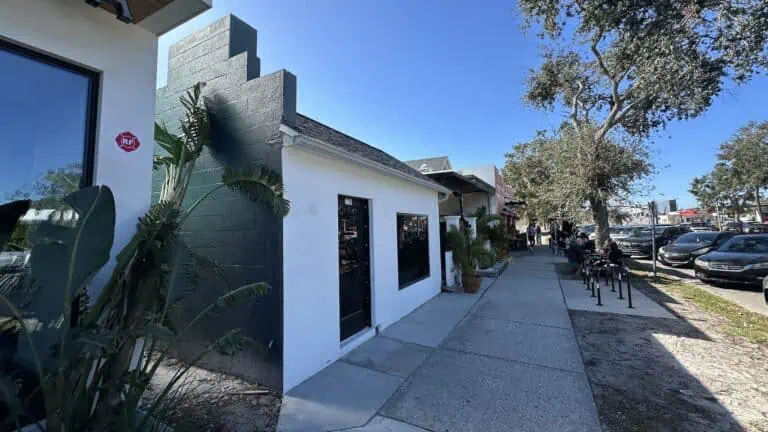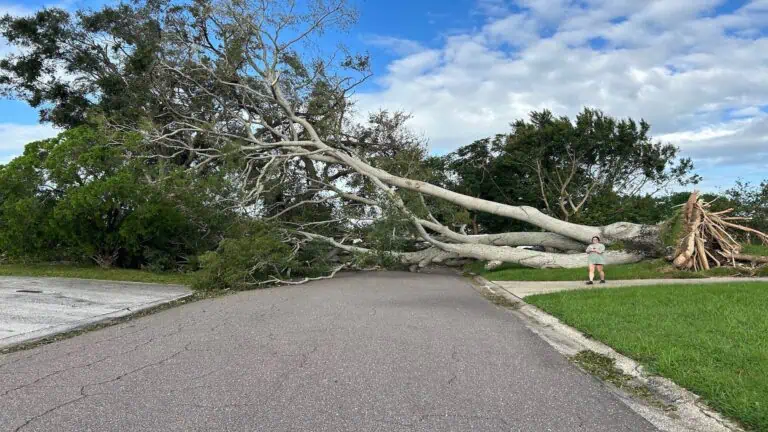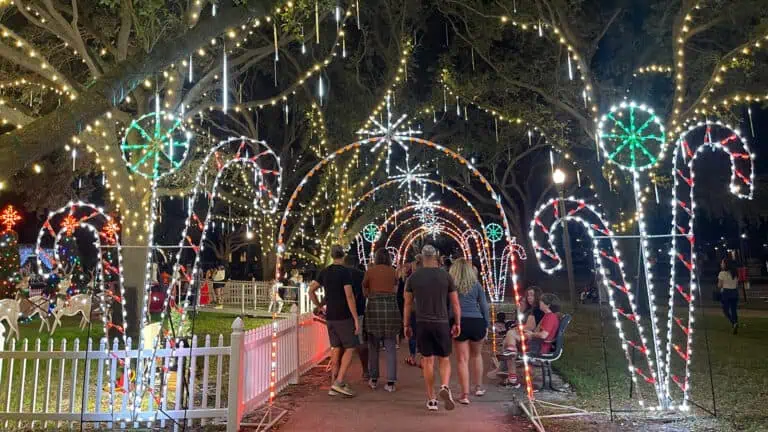With the recent announcement that beloved pizza food truck La Strada is in discussion to open its first brick-and-mortar location at the new retail and residential development at 4350 6th Street South near Coquina Key, the future is looking bright for the island that has seen its share of ups and downs throughout history.
The proposed redevelopment of the former Coquina Key Plaza by Stoneweg US recalls the optimism of 1957, when the shopping center was created by Publix Markets to cater to the growing population of nearby Coquina Key. Then, like now, St. Petersburg was experiencing a surge of popularity, with thousands of new residents moving to the Sunshine City and previously under-developed areas undergoing rapid transformation.
ADVERTISEMENT
Coquina Key was once known as Lewis Island
This island known today as Coquina Key was originally called Lewis Island, after Edson Lewis, an early St. Pete grocer and banker who purchased the land in 1910. He platted a subdivision called Lewiston, but gave up on selling lots by 1913, realizing the area was too far out of town, with no access to utilities. At that time the area was not an island at all, but rather a peninsula. Developer Charles Hall, who created Lakewood Estates on nearby Lake Maggiore, dredged a channel through the peninsula in 1923, creating a need for a bridge at 45th Avenue South to reach the “new” island. When the 1920s land boom went bust in 1926, the potential for development of Lewis Island vanished, along with the money and dreams of real estate developers.
The island remained little more than a popular place for picnickers until 1955, when the Mackle Company, three brothers who had become the largest developers in the South and the ninth-largest home builders in the nation, bought 350 acres of Lewis island to build a development modeled after their successful Key Biscayne project in Miami. It was boom-time once again in the Sunshine City, and the Mackles planned to build 1,400 homes on Lewis Island, adding a second bridge at 39th Avenue S to accommodate the expected flood of buyers. They even named the main road in the neighborhood after themselves…Elkcam Blvd is Mackle spelled backward.
FHA and VA loans were allowing an increasing number of white, middle-class families to make a down payment on homes in the post-war period, and during the decade of the 1950s, 47,000 houses were built in St. Petersburg. Optimism was high for Lewis Island.
Publix bets on the boom
Anticipating the thousands of hungry new residents of Lewis Island, Publix Super Markets Inc. paid $115,000 in January of 1956 for a 17-acre tract of land between 42nd and 45th Avenues South and 4th and 6th Streets South, just across the bridge from Lewis Island, with plans to build “a shopping center to end all shopping centers”.
Shortly afterward, the Mackle brothers sold their interests on Lewis Island to Irving Green, having built only 200 of the 1,400 houses they promised. Starting in 1957, Green built several hundred more homes on the island, but his most lasting contribution was renaming the island, which he did as a publicity stunt to attract attention to his new development. Green’s renaming contest, which promised a 15-day cruise to the West Indies as a prize for the winner, attracted more than 7,000 entries, with Caribee Key and Memorare Island coming in as second and third choice behind the winning name, Coquina Key. Early pioneer resident Florence Bethell Loader summed up the general population’s dismal opinion of the new name “When a child and in my early teens, I used to gather oysters, clams, scallops, and crabs all around Lewis Island. I still have yet to see the first Coquina shell on Lewis Island.”
Southside Shopping Center grows
The Publix Supermarket was up and running by February of 1958, with just one other business on the property – the popular Nagle’s Bakery, which offered 12 different types of bread baked fresh daily, along with a variety of pastries, donuts, cakes, pies, and cookies. By 1959 Publix decided to expand the shopping center with an additional 18 stores.
On opening day in March of 1960, the St. Petersburg Times ran an eight-page spread advertising the businesses in the newly named Southside Shopping Center. The new stores were almost exclusively national or regional chains. They included Kresge’s Variety store (which boasted of its 3,000 square feet of counter space designed by “average sized women” rather than “tall men”) DeSears Appliance Store, Leed’s Shoe Store, Toy King (with a full line of hobby and game equipment and a store staffed by teenagers) FreMac’s Ready to Wear Mens’ Store, and Diana Shops womens’ store. When their newly purchased ready-to-wear clothes were dirty, nearby residents could take them either to the laundromat or the dry cleaners in the Southside Shopping Center and while they waited, could get their hair done at Joseph’s Hair Fashions or the Esquire Barber Shop.
The boom goes bust
By the early 1960s, the post-war real estate boom was going bust. Homeowners, on the hook for just a small down payment under FHA and VA guaranteed loans, simply mailed their keys in to the mortgage company and walked away. Pinellas County was one of the hardest hit in the state, with 2,000 foreclosures in 1963 alone. Coquina Key became a graveyard of vacant, foreclosed houses, 145 of them by 1965.
FHA efforts to end the foreclosure crisis and promotional publicity from new landowner Frank Stumm brought buyers back to Coquina Key by the late 1960s. Early attempts to build apartments on the island had faced tremendous opposition in the 1960s, but by 1972 the Mahaffey family managed to sway public opinion in favor of bringing more residents to the forlorn island. In 1972 the Mahaffeys built the first of two apartment complexes known as the Coquina Key Arms. The second was built in 1979, bringing a total of 1,006 rental units to the island. In 2006 those 1,006 apartments were converted into 912 condominium units with a new name: Waterside at Coquina Key.
Southside Shopping Center becomes Coquina Key Plaza
In 1993 the Southside Shopping Center received a $400,000 facelift and a new name, becoming the Coquina Key Plaza. Publix was still its anchor tenant, but as consumer trends changed so did the other stores in the plaza, with Pic-n-Pay shoes, Simply 6 Fashions, and Aaron’s Rental moving in.
By the year 2000, Publix announced that its Coquina Key Plaza store was losing money and would shut its doors for good, much to the chagrin of adjacent neighbors. It accelerated a downward trend for the shopping plaza that left nearby residents without a grocery store and attracted undesirable activity to the area.
Stoneweg buys plaza
Developer Stoneweg bought the former Coquina Key Plaza in 2021 and is preparing to break ground on a new residential and retail development within the next few months. It will be a full circle moment for an area whose development has progressed in fits and starts for more than 100 years. The lovely sea breezes and striking views of the former peninsula once known as Lewis Island have always attracted hopeful residents who appreciate its proximity to downtown and its relative affordability. Today, Coquina Key and the new residential and retail development coming to its shores are poised to fulfill the promise that its residents and developers have always known it had.
What to read next:
- Coquina Key development receives City approval
- South St. Pete’s first Kahwa cafe and drive-thru
- Lake Maggiore development with workforce housing in development
- La Strada looks to open its first brick & mortar in new Coquina Key development
ADVERTISEMENT

